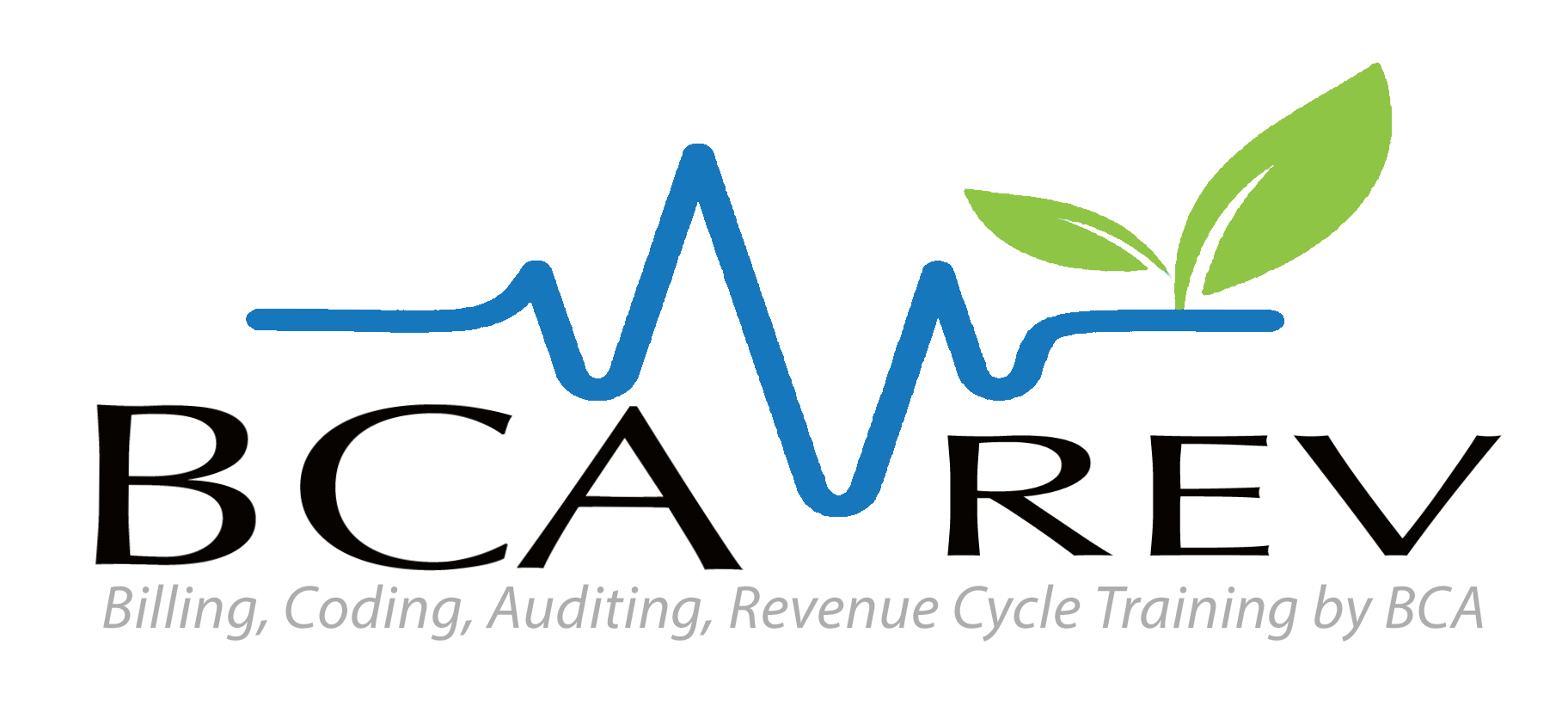Q:
In the new 2021 E/M Guidelines what constitutes as an undiagnosed new problem?
A:
CPT defines an undiagnosed new problem with uncertain prognosis as “A problem in the differential diagnosis that represents a condition likely to result in a high risk of morbidity without treatment. An example may be a lump in the breast.”
The emphasis should be on a condition/illness with a high risk of morbidity without treatment. Think of these patients as those who present with signs and symptoms, but no conclusive diagnosis can be made and additional work-up is needed. Diagnostic testing can be an indicator of the differential diagnoses. Another indicator of the complexity may include the need to obtain advice from other healthcare practitioners. The AMA’s example of a breast lump may ultimately result in a benign diagnosis, but breast cancer is a differential diagnosis. Abdominal pain with work-up to rule out appendicitis or a bowel obstruction may fall into this category as well as leg pain with work-up to rule out a DVT.
Educate your clinicians to include their thought process about differential diagnoses.

